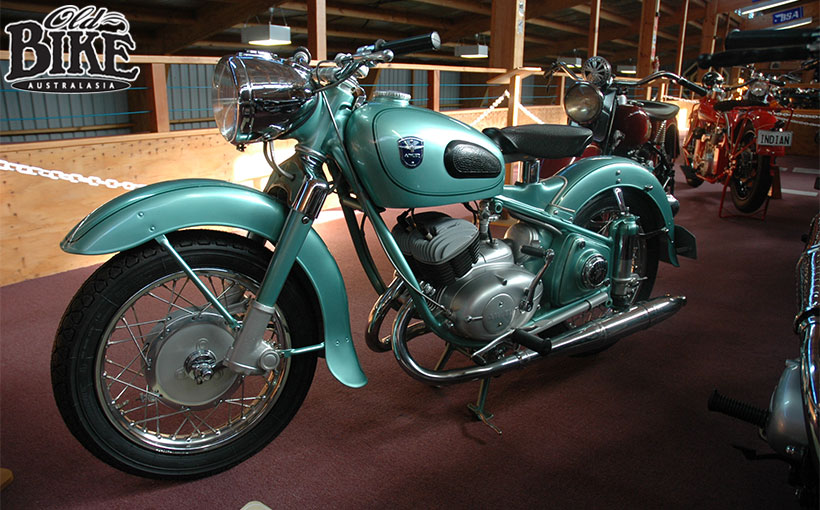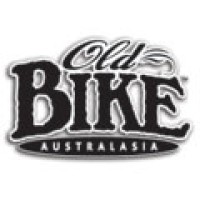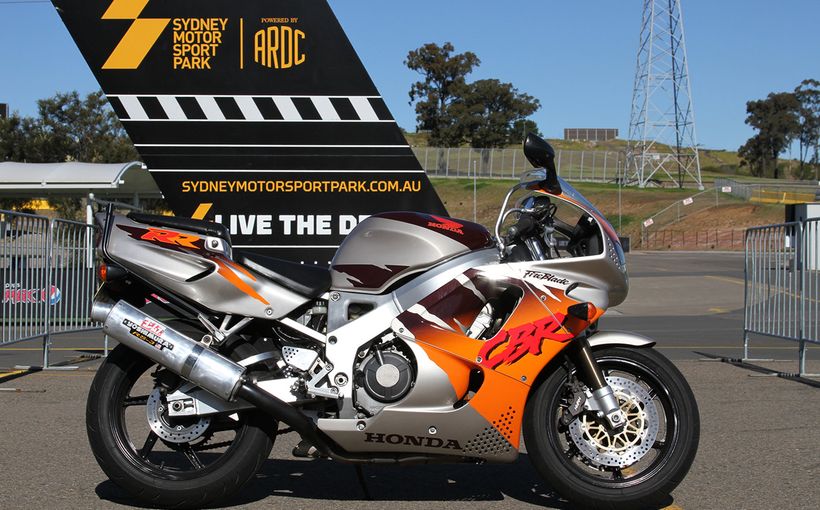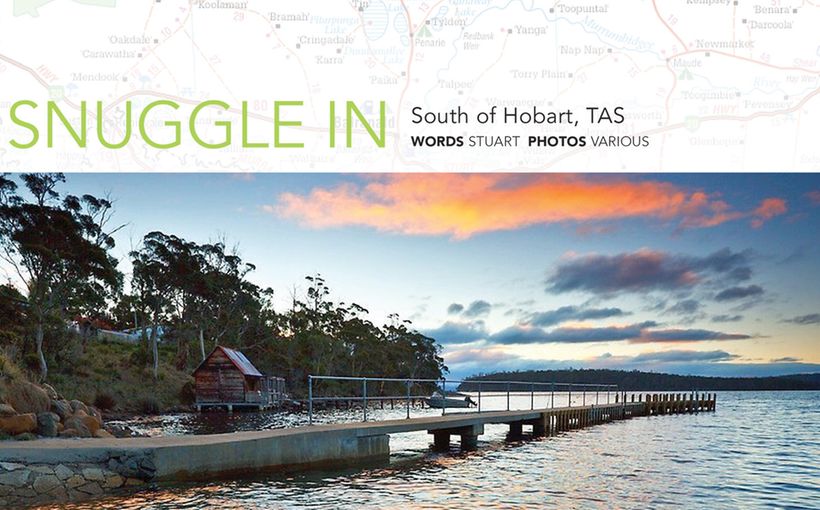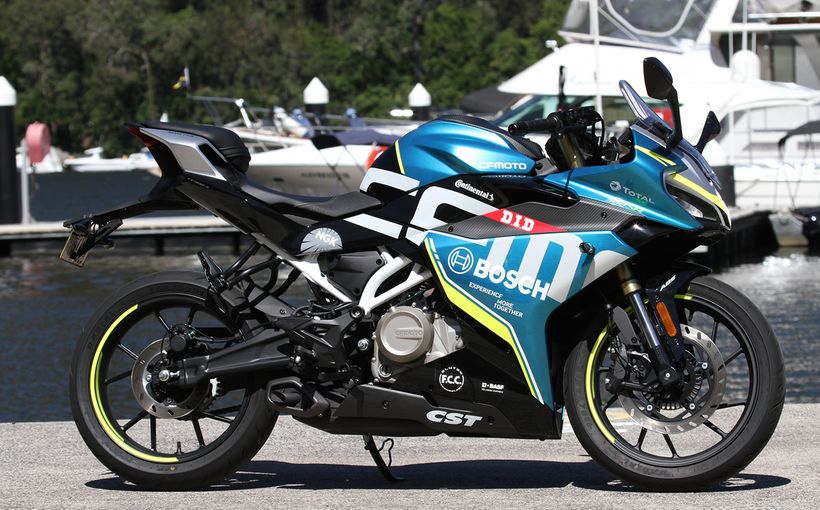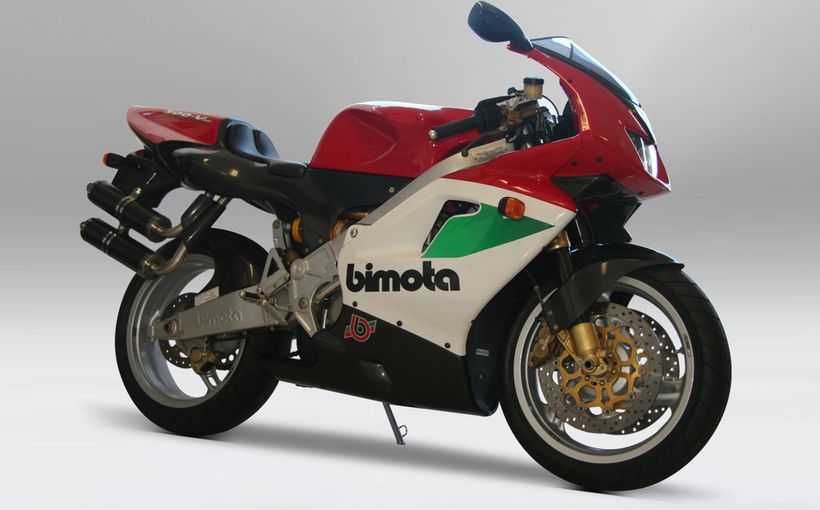
While the production of the Adler (German for eagle) motorcycle stopped in 1957 when Grundig bought out the company to concentrate on office equipment, there remains a strong following for this 250cc two stroke twin around the world. In Australia the Adler was popular with two stoke enthusiasts in the ‘50s and most states had well set up distributors. In Brisbane there was Con Crowley, Mayfair Motors in Melbourne and Geo Boulton in Adelaide, among others.
One of the most important aspects of restoring and maintaining a vintage motorcycle is the availability of parts and knowledge to help in the project.
The Adler has a devoted league of fans in Germany and parts are readily available.
In Australia there is also an active network of Adler owners and restorers who can provide the expertise to get these old bikes up and running. Specialist restorers also carry out complete rebuilds for those who aren’t technically minded and stainless exhaust systems of high quality are supplied by “Overlander Equipment” in Warrnambool, Victoria.

In the 1950s the Adler was quite expensive for a small-engined bike and had to compete in Australia against the popular British marques like BSA, Matchless, Triumph and Norton. However with a top speed of 75 mph the Adler could hold its own on the highway and out-handle most bikes around town. The detail design on the Adler is astonishing when compared with contemporary British motorcycles of the era.
Attractions of the Adler included its adjustable rear suspension, race-proven leading link front suspension, low centre of gravity giving exceptional road handling, a highly developed 250cc two stroke twin engine which was well ahead of it’s time, and a quality of design and construction that was recognized as second to none. Extra appealing touches such as a steering head lock, compact one-piece design of engine gearbox and carburettor, a fully enclosed chain, interchangeable front and rear wheels and a four speed gearbox (with neutral at the bottom and all gears up), set the bike above others in the market place. There was even a switch on the headlight which altered the angle of the reflector to compensate for the load difference when a pillion was carried.
In the mid 1950s the Japanese makers were copying the front-running motorcycle models of the advanced German makers and introducing one new model after another based on these machines. In designing its twin-cylinder OHC engines, Honda had a very close look at the NSU design. Yamaha, meanwhile set out to build a two cylinder two-stroke engine. This was a new challenge as when it went into production no other Japanese maker had yet built a twin two stroke engine. Yamaha decided to copy the basic engineering specs of the Adler MB 250 and add their own unique exterior design touches. The YD-1 was the result and the first bike came off the production line in February 1957.
All designers have to start somewhere so they might as well start from something good and the Adler provided the inspiration for both British and Japanese manufacturers. There is also evidence that the last design for the British Ariel, the Leader, relied heavily on the Adler.
Because of this Japanese influence in later years, many parts from Suzuki and Yamaha such as pistons, albeit with some skirt modifications for port timing, can be used in Adler motor restorations.
Engine design
The major difficulty to be overcome in designing a two stroke twin is crankcase sealing. Adler’s solution was both ingenious and complicated. The two cranks fit into each side of a one-piece crankcase casting, and then their serrated joints (Hirth coupling) were drawn together by means of a through bolt. A roller bearing and two sealing rings were located in the centre web of the crankcase. To tighten the through-bolt a special splined tool was inserted through a hole in the right hand flywheel to mate with a radial serration on the through-bolt head. The complete crank assembly was supported at each end in bearing housings fitted to the crankcase sidewalls. This resulted in a high revving motor which was exceptionally smooth.

The compact design incorporates the engine, clutch, gearbox and carburettor in one unit. The clutch which operates at engine speed on the end of the crank, gave smooth gear changing once mastered. The standard road bikes had twin ignition coils mounted inside the motor with the Bosch electrics. With age these coils would break down under the affects of heat, so most modern restorations now mount the coils externally in the cool air flow.
The Adler motor was such a fine example of engineering that further development was undertaken by private owners with help from the company and used for racing in both cars and motorcycles. A water-cooled version using the stock crankcase was developed in 1954 by private owners in Europe in co-operation with the Adler racing department. Designated the RS, the bike was built for performance and racing rather than beauty with the water cooling being the only acceptable means of controlling the temperature of the gases.
With highly developed breathing through advanced porting, forged pistons, aluminium heads, knife shaped con rods, and extensive work on the twin carburettors and exhaust system, the RS motor was producing 39 hp at over 10,000 revs by the end of its development, with a top speed of 125 mph. It achieved considerable success on the racetracks of Europe well into the 1960s.
Adler models in Australia
While there were many models of the Adler ranging in size from 100cc to 250cc, singles and twins, sports to motocross, the models sold in Australia from 1954 were initially the twins of MB 250 and the MB 250S. The Favorit/Sprinter model was introduced in 1956 and very few ever came to Australia. This was the last model produced by Adler before manufacturing was ceased following the Grundig takeover.

The MB 250 was the base model which developed 16 hp at 5600 rpm and had a top speed of 72 mph. The MB 250S was the sports version with different carburettor jetting, ignition timing, engine refinements with more aggressive port timing, and with upswept exhausts produced 18 hp with a top speed of 78 mph. In its time the 250S was one of the most successful road racing bikes in Germany.
Both of the MB models used the adjustable plunger springing with hydraulic shock absorbers at the rear while the Favorit/Sprinter used the latest pivoted rear fork frames which had been developed from racing and International Six Days Trials successes. Front suspension on all models is by leading swinging link with hydraulic damping.
An Adler motocross replica has been made up in Australia by Gus Priem and was compiled from Adler parts, photographs and drawings.

The MB Adler had style, grace and performance, and for a brief four years in Australia between 1954 and 1957 they bought a smile to their owners and showed a clean pair of heels (maybe a bit smoky then) to their much larger-engined competitors.
The abiding memory is of what was in its day a trend-setting engine, the 247cc - 54mm “square” two stroke parallel twin, which found its forte as the provider of smooth economical power for street use, gold medal reliability in endurance trials, rip snorting dirt bike racing and even in Grand Prix. How many other engines can claim such a wide range of truly successful roles? They were certainly over-engineered and over-priced, but locally, those who stumped up for an Adler had few complaints.
Protect your Adler. Call Shannons Insurance on 13 46 46 to get a quote today.

